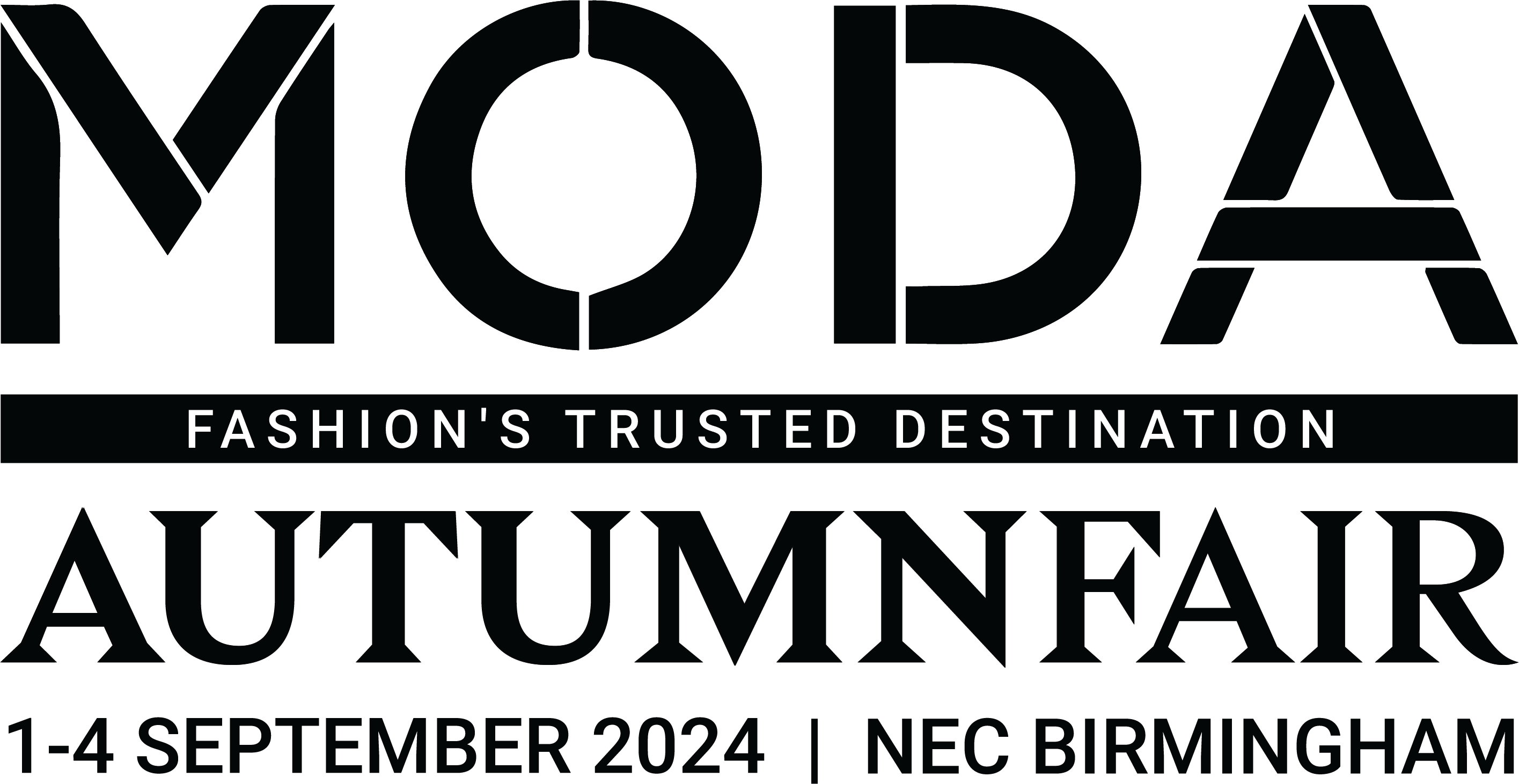Consumer engagement on social media
)
Conversations among consumers on social media now have an unprecedented ability to shape attitudes toward people, products, services, brands and to influence buying decisions. Read our interview with author Anna Bianchi about her book Driving Consumer Engagement on Social Media, Influencing Electronic Word of Mouth, published by Routledge. It provides principles of effective marketing communications in social media for different brand types and in different geographic markets.
How did you come up with the concept of ‘electronic word of mouth’?
The concept of “electronic word of mouth” (eWOM) or “word of mouse” was introduced in the mid-1990s. By eWOM we mean an informal, interpersonal and Internet-mediated communication between two or more individuals about a brand, product, service or an organization. eWOM includes product-related discussion on the Internet, sharing brand content, direct recommendations and mentions of products, services and their sellers.
How does this affect traditional marketing?
Word of mouth (WOM) has a much greater impact on consumers than traditional modes of marketing communications. In one of the first studies on WOM from 1955, Katz and Lazarsfeld claim that it is “two times more effective than radio advertisements, four times more than personal selling, seven times more than print advertisements”. This is attributed to the fact that WOM is perceived as the most trustworthy source of information.
If a message comes from a trusted sender, the trust toward the advertiser becomes less important. By facilitating and accelerating the diffusion of information, the advent of the Internet and social media has broadened the reach of WOM. Today eWOM on social media is the dominant form of eWOM. Marketers are increasingly shifting advertising budgets to social media, to drive consumer engagement and harness the enormous power of eWOM.
Are influencers the ultimate eWOM generators?
I strongly believe that “there are no influencers, we are all influencers”. This is also the tagline of BRANDLOVERS® - the first eWOM platform joining lovers of specific brands, that I founded two years ago after my extensive research on this topic. Today, thanks to the enormous reach of social media we all can drive purchase decisions of millions of other consumers.
For instance, in China, the concept of Key Opinion Consumers (KOCs; i.e., regular consumers who love to share their true product reviews on social media) has been used as a powerful marketing tool for quite a few years already. The trend of moving away from mega-influencers to nano-influencers and turning common consumers into brand ambassadors is clear and it will expand and grow in the future.
What are the main differences of how eWOM work in different countries?
There is a lack of research on this topic, specifically on European countries. We know that the level of eWOM is related to cultural dimensions: individualism/collectivism, long-/short-term orientation, uncertainty avoidance and power distance, however, the results of few extant studies are inconclusive. Furthermore, most of the studies on social media and WOM are based on surveys with university students, meaning that they derive their findings from the self-reports of a very specific group rather than the actual behavior of consumers.
My book presents the first study on the influence of marketing communications in social media on eWOM based on the real behavior of consumers. I show that the geographic market has a very large effect on eWOM. American and Polish users are more likely to comment on brand posts than their Italian counterparts. Both the US and Poland are individualist, short-term-oriented cultures, in which the need for self-enhancement may be particularly salient and satisfied by commenting on posts. Americans and Italians are more likely to share brand posts than Poles.
Both the US and Italy are more affective cultures than Poland, suggesting that in the US and Italy people may share brand posts to show their emotions to their friends, while Poles are less likely to do so. In the US the comment rate is higher for mass-market brands, while in Italy, to the contrary, the comment rate is higher for luxury brands. This can be explained on the basis of the power distance dimension of culture. Italy is a more hierarchical society than the US and in more hierarchical societies people may be more likely to spread eWOM about luxury brands to enhance their status.
Communication between brands and influencers has become increasingly blurred, as we can see with the emergence of brand ambassadors. Will this strategy backfire or people will always be drawn to celebrity culture?
I think that marketing communications will have to become more ethical. There is a lot of discussion about corporate social responsibility, sustainable products and now it’s time to talk about clear, transparent, authentic communications with consumers. The future of marketing communications is communication through ordinary individuals. In a marketplace, since ancient times, personal recommendations have driven the success of products, services and their sellers.
Today, the relentless bombardment of advertising messages from offline and online media, makes consumers turn back to each other when looking for advice on purchase decisions. Contrary to what it may seem, the digital era brings to the fore the importance of interpersonal relations and “the oldest, newest marketing medium” – word of mouth.
How can retailers jump on the eWOM bandwagon to boost their business?
They can do it by using ambassador programs in their marketing communication strategies. This is something already very evident especially in the cosmetics industry or baby products and other industries will follow this trend. WOM is particularly important for services. Retailers have now a huge opportunity to gain first-mover advantage.
What should they watch out for?
They should accept high uncertainty related to the significant lack of control over user-generated marketing communications. Often companies create WOM programs and then expect people to say what the brand wants to say. That’s not how is works. To make the communications authentic and trustworthy consumers should feel free to share their real opinions, to say what they want to say.
Where does the influence starts on social media? Can clever marketing strategies instigate conversations around a particular topic and spread eWOM?
Most of the conversations about brands, products and services take place on social networks (e.g., Facebook), review sites and forums. Marketers can use two main types of activities to stimulate and accelerate eWOM: online brand communities and WOM programs. The first type of activity requires the establishment of an online brand community (e.g., Facebook brand page), production of “talkable” content and management of the conversations. WOM programs include seeding programs (product seeding or viral marketing), referral programs and recommendation programs. In the third chapter of my book, I explain how these programs work and provide examples that can be useful for marketing practitioners.
Can you see eWOM happening in the metaverse?
Why not? Conversations about brands, products, services or organizations can occur in any place where people can talk to each other.
How effective is eWOM for retailers? Google reviews are no longer that trustworthy and many influencers don’t use #ad when promoting brands. Does eWOM on social media actually convert into sales?
Of course. WOM is the primary factor behind 20 to 50% of all purchasing decisions. Amplified WOM generates more than twice the sales of paid advertising. eWOM on social media not only it converts into sales, but it also has a significant impact on reputation and stock market performance. Even the number of comments a company receives on Facebook brand posts has a significant, positive impact on its revenue.
A study by Yoon, North, Hong and Liu published in Journal of Advertising 4 years ago, shows that on average, a 1% increase in the number of comments yields a .0063% increase in revenue. To harness the power of eWOM, we need to know what “talkable” content is and this is what I explain in “Driving Consumer Engagement in Social Media: Influencing Electronic Word of Mouth”.


